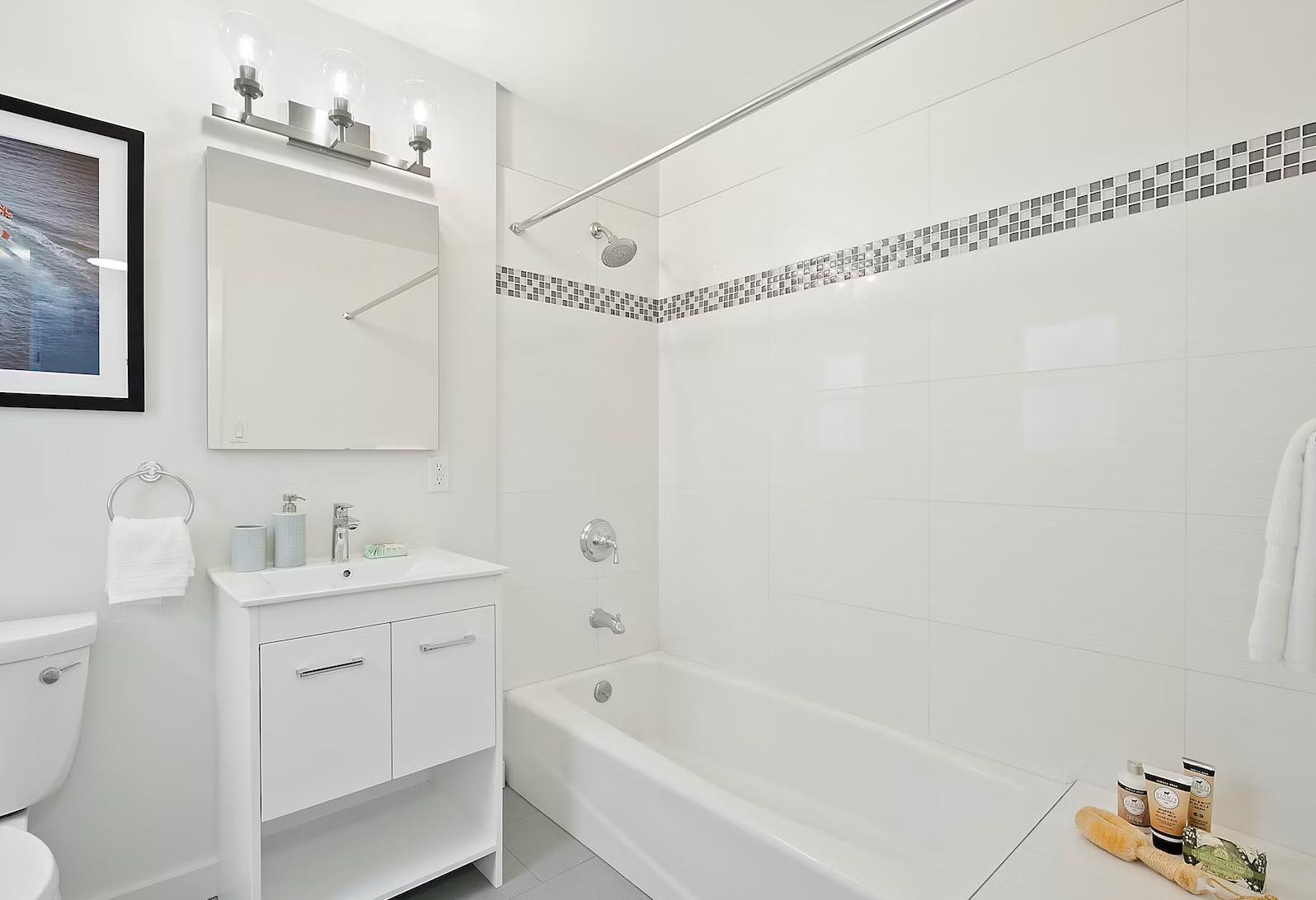
12 May Cleaning Up After Water Damage: The Best Methods
Water damage may occur from a burst hose, heavy rain or flooding. If you have water damage in your house, it is important to act quickly and take the necessary measures to clean up. In this post, we will discuss the best ways to clean after water damage. This includes new ideas and tips that were not previously mentioned.
Assess the Damage
Assess the extent of the water damage before cleaning. You may need a professional water damage restoration company depending on the severity. A restoration company is equipped with the necessary tools and equipment to properly assess the damage and repair it. If you are not sure of the extent and type of damage, it is best to call in a professional.
Standing Water
Standing water should be removed as quickly as you can. Standing water may cause structural damage or mold growth. The longer standing water remains, the greater the damage. Use a wet/dry-vacuum to remove standing water, or a sump pumps if the water level is too high. It is important to wear protective clothing including rubber boots, gloves and face masks to prevent exposure to contaminated drinking water.
Dry the Area
Drying the affected area is the next step after removing the standing water. Use fans and humidifiers to circulate air in the room and help dry it out. You can use towels and mops as well to soak up any water that remains. Dry out all carpets, furniture and other materials affected with water damage. If the area is not dried out properly, mold can grow and cause further damage.
Disinfect and Sanitize
Water damage can cause harmful microorganisms and bacteria, so it is important to disinfect the area. Use a bleach and water solution to clean surfaces and materials affected with water damage. When using bleach it is important to wear protective clothing such as a face mask or gloves.
Water Damage Prevention
After cleaning up water damage, take the necessary steps to avoid further damage. Fix any leaks, or other issues that could have caused the damage. Check your pipes, your roof, and any other area of your house regularly to make sure everything is in working order. Installing a sump and a valve for backwater can help prevent future flooding.
Conclusion
Water damage can be a stressful, overwhelming experience. But taking the necessary measures to clean up the mess and prevent future damage will help make it easier. If you have water damaged, don’t forget to assess the damage. Remove standing water. Dry the area. Sanitize and disinfect. And prevent future water damages. By following these simple steps and acting quickly, you can minimize damage and protect your house from further harm.
